Monroe County History: Morton family legacy includes newspapers, salt, Arbor Day
- Oops!Something went wrong.Please try again later.
- Oops!Something went wrong.Please try again later.
J. Sterling Morton continued his family’s legacy of successful Monroe-based newspaper operations in the Nebraska Territory in the 1850s as editor of the Nebraska City News. J. Sterling Morton also became a successful Bourbon Democrat politician – rising to become secretary of agriculture under President Grover Cleveland and establishing Arbor Day as America’s first environmental holiday in 1872.
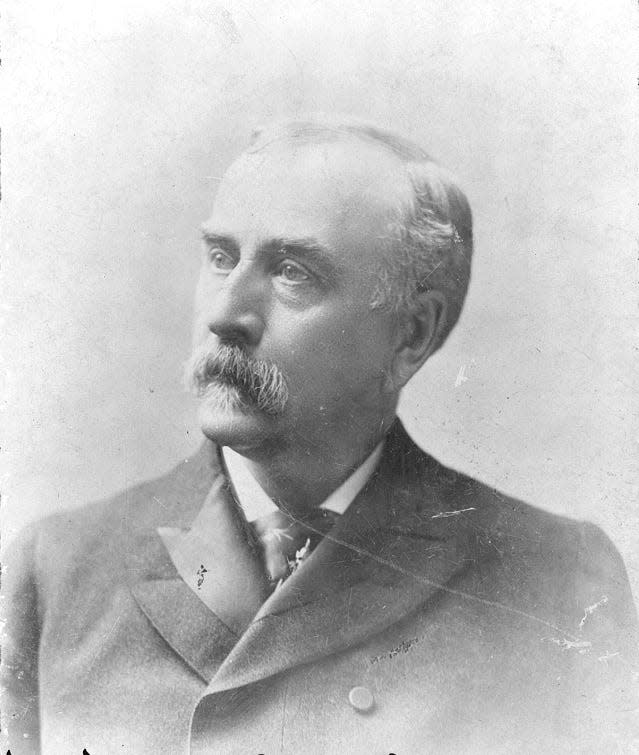
The Morton family moved from Jefferson County, New York, to Monroe in 1834. That same year, J. Sterling Morton’s grandfather, Abner, began editing the newly published Monroe Journal. Abner and son Edward (J. Sterling Morton’s uncle) would later purchase The Michigan Sentinel in 1836 and change its name to the Monroe Advocate, with C.C. Jackson as its editor. Another name change made the Monroe Advocate the Monroe Times. In 1841, the Monroe Times once again became the Advocate. In 1848, the Advocate became the Monroe Commercial, a newspaper that was still being published into the 20th century.
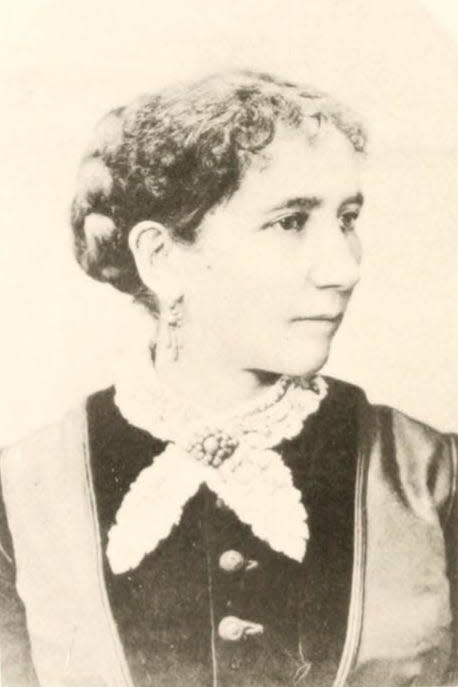
J. Sterling Morton would be an apprentice at the family’s Monroe papers and in Detroit prior to and while attending the University of Michigan. In 1854, at age 22, he and his bride, Caroline Joy French, would purchase 160 acres near Nebraska City and begin his political rise that would include serving as secretary of the Nebraska Territory from 1858 to 1861 and serving briefly as Nebraska governor from Dec. 5, 1858, to May 2, 1859.
It was in Nebraska City that the successful newspaper editor and politician would build a 52-room mansion resembling the White House – now part of the Arbor Lodge State Historical Park. J. Sterling Morton began his advocacy for trees and farming techniques that favored conservation. He opposed the removal of pines to be used as Christmas decorations.
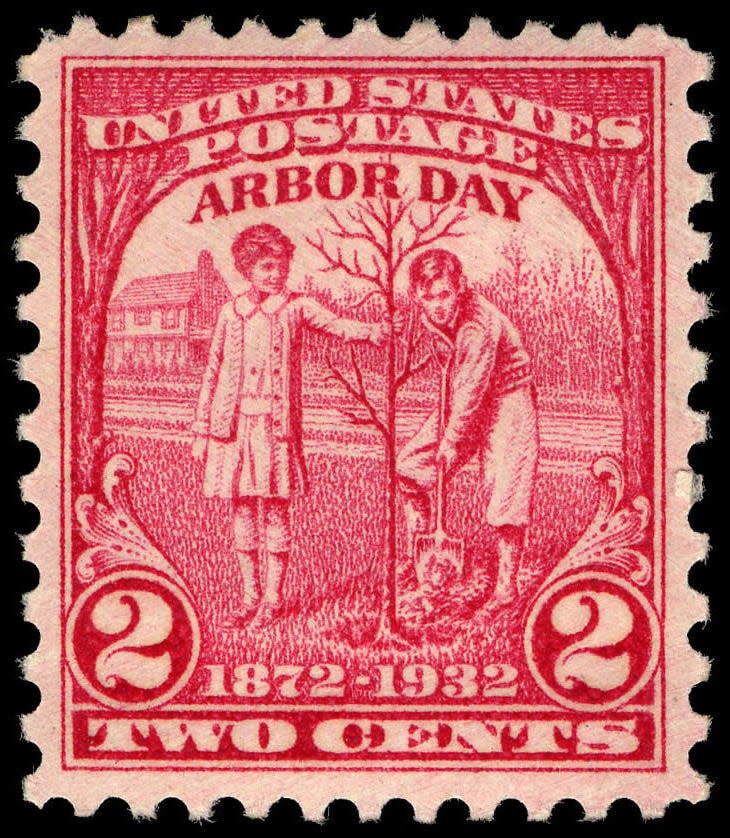
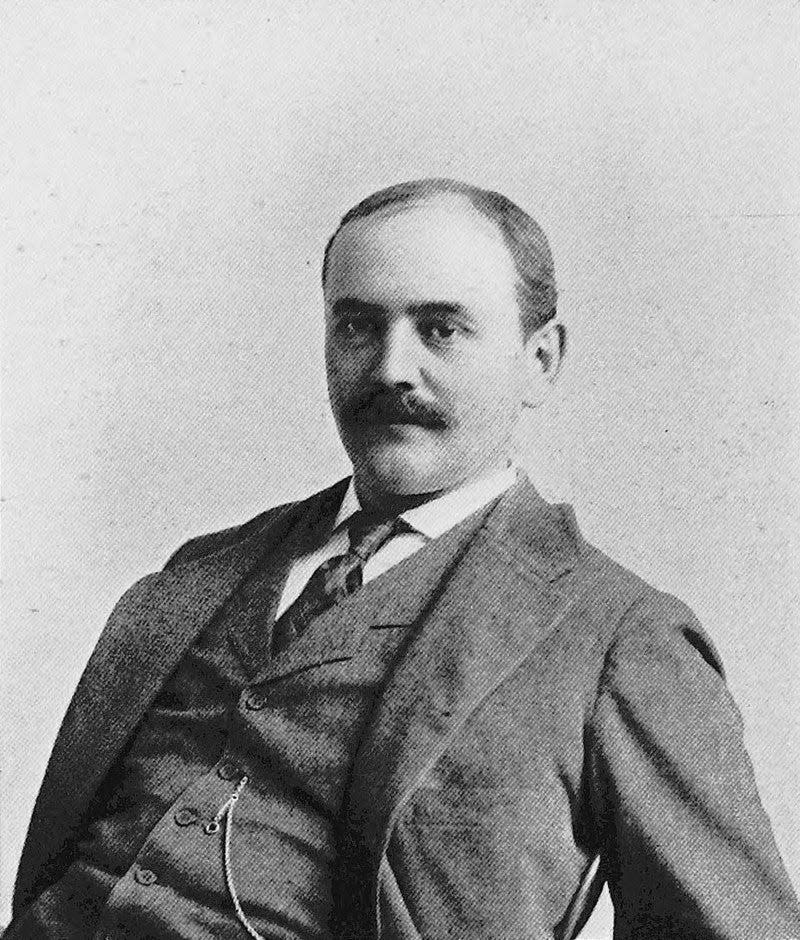
Sons Joy and Paul would enjoy some levels of success, and the former would share their father’s love of arborism. Joy bought Chicago’s Richmond & Co. – a broker for salt manufacturers – and renamed it the Morton Salt Co.in 1889. The company expanded into salt production and became the leading producer of salt in the U.S. and around the globe. The holding company Stone Canyon Industries bought it for $3.2 billion in 2021. Joy Morton developed The Morton Arboretum in Lisle, Illinois, in 1922. Today, Joy Morton's original 400-acre Thornhill Estate, which he acquired in 1910, has been transformed into a 1,700-acre living history museum that is home to over 4,000 different types of trees, shrubs and other woody plants.
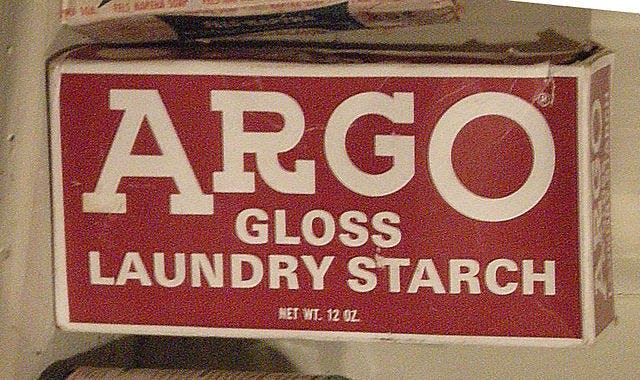
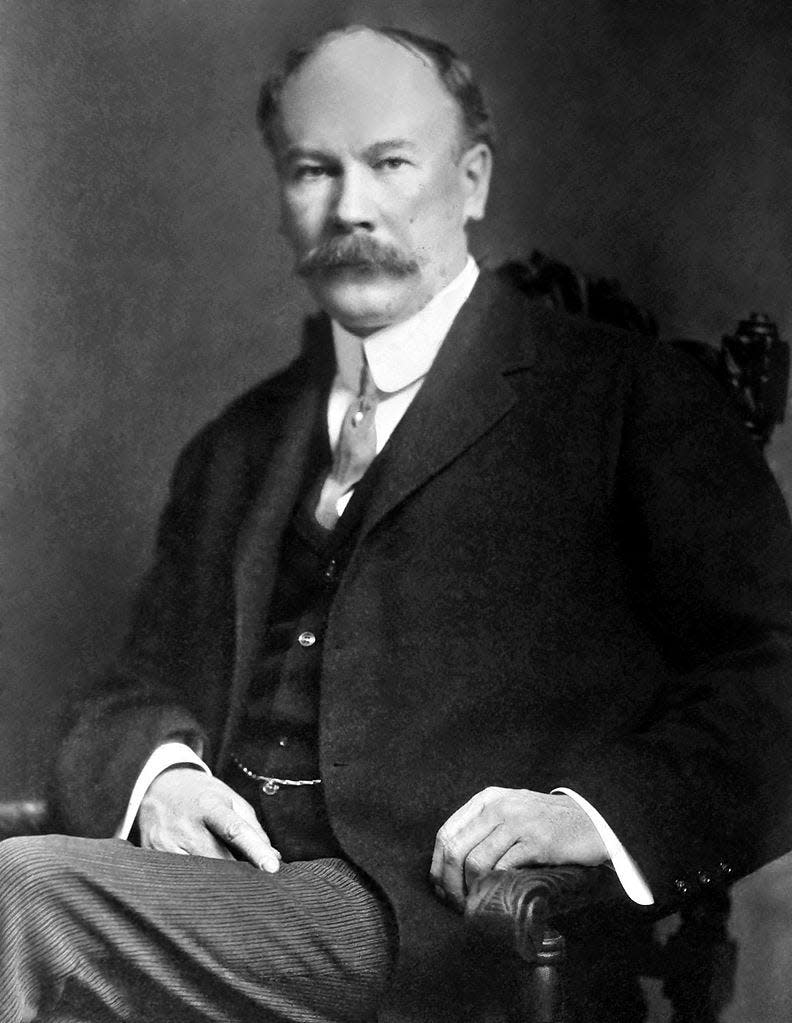
Paul Morton was vice president of the Santa Fe Railroad and president of the Equitable Life Insurance Co. Paul Morton served as the secretary of the Navy under President Theodore Roosevelt as a Progressive Republican. His accomplishments were overshadowed by scandal that began in February 1905 when the Interstate Commerce Commission asked the U.S. Justice Department to investigate charges that Morton acted illegally while working for the railroads. Even though the charges never resulted in prosecution, Morton was forced to resign quietly on July 1, 1905. He later became vice chairman of the Moody Commission (reorganization of the Navy) in 1909. Morton died unexpectedly in New York City on Jan. 19, 1911, at age 53.
J. Sterling Morton would begin publishing The Conservative, “A Weekly Journal Devoted to the Discussion of Political, Economic and Sociological Questions,” on July 14, 1898. The periodical served as a platform for him to promote his conservative Bourbon Democratic views – thrift, industry and honesty – according to a History Nebraska entry for the publication. He encouraged the development of a third party and continued to write about individualism, among other issues. He died unexpectedly on April 27, 1902 in Illinois.
Tom Adamich is president of Visiting Librarian Service, a firm he has operated since 1993. He also is project archivist for the Greening Nursery Co. and Family Archives and the electric vehicle awareness coordinator at Monroe County Community College.
This article originally appeared on The Monroe News: Morton family legacy includes newspapers, salt, Arbor Day

